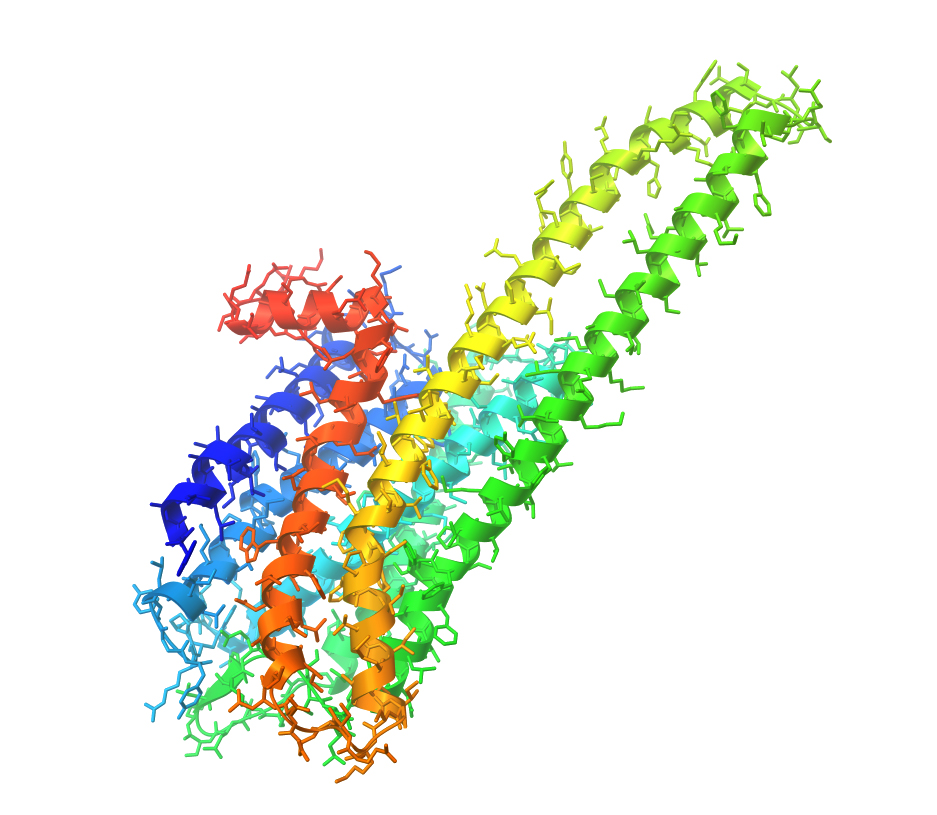Serotonin, or 5-hydroxytryptamine (5-HT), is a multifaceted neurotransmitter that plays critical roles in regulating mood, cognition, and perception. Among the various serotonin receptors, the 5-HT2A receptor (5-HT2AR) stands out due to its profound influence on both mental health and neurological functions. This receptor has been a focal point of research for decades, yet its intricate workings continue to intrigue scientists worldwide.
The Basics of 5-HT2AR
The 5-HT2AR is a G protein-coupled receptor (GPCR) located primarily in the central nervous system, particularly in regions such as the prefrontal cortex, basal ganglia, and limbic system. This receptor is known for its ability to modulate a variety of neurotransmitter systems, including dopamine, glutamate, and norepinephrine, making it a crucial player in the brain’s communication network.
Significance in Mental Health
One of the most compelling aspects of 5-HT2AR is its involvement in psychiatric disorders. Abnormalities in 5-HT2AR signaling have been linked to conditions such as depression, anxiety, schizophrenia, and hallucinations. For instance, many antipsychotic drugs target this receptor to alleviate symptoms of schizophrenia. Additionally, the receptor is a key target for psychedelic substances like LSD and psilocybin, which are currently being studied for their potential therapeutic effects in treating depression and PTSD.
Molecular Mechanisms
The molecular mechanisms by which 5-HT2AR functions are complex and not yet fully understood. Activation of 5-HT2AR typically leads to the activation of phospholipase C (PLC), which subsequently increases the levels of inositol trisphosphate (IP3) and diacylglycerol (DAG). These molecules then trigger the release of calcium ions and activate protein kinase C (PKC), respectively. This signaling cascade influences numerous downstream effects, including gene expression, synaptic plasticity, and neuronal excitability.
Genetic and Environmental Interactions
Genetic polymorphisms in the HTR2A gene, which encodes the 5-HT2AR, can significantly impact receptor function and have been associated with various psychiatric disorders. Moreover, environmental factors such as stress and drug exposure can alter 5-HT2AR density and responsiveness, further complicating the receptor’s role in mental health.
Therapeutic Implications
Understanding the workings of 5-HT2AR opens up new avenues for therapeutic interventions. Drugs that selectively modulate 5-HT2AR activity hold promise for treating a range of psychiatric and neurological disorders. For example, atypical antipsychotics that target 5-HT2AR have been successful in reducing psychotic symptoms while minimizing side effects compared to older medications. Furthermore, the resurgence of interest in psychedelic therapy highlights the potential of 5-HT2AR agonists in promoting mental well-being.
Future Directions
Despite significant advancements, many questions about 5-HT2AR remain unanswered. Ongoing research aims to elucidate the receptor’s precise role in the brain’s intricate network and its interactions with other neurotransmitter systems. Advances in techniques such as cryo-electron microscopy and optogenetics are expected to provide deeper insights into the receptor’s structure and function.
Conclusion
The 5-HT2A receptor is a pivotal component in the brain’s serotonin system, influencing a wide array of physiological and psychological processes. Its complex mechanisms and significant impact on mental health make it a vital target for ongoing research and therapeutic development. While we chip away at the mysteries of 5-HT2AR, we move closer to unlocking new treatments for some of the most challenging psychiatric disorders.




